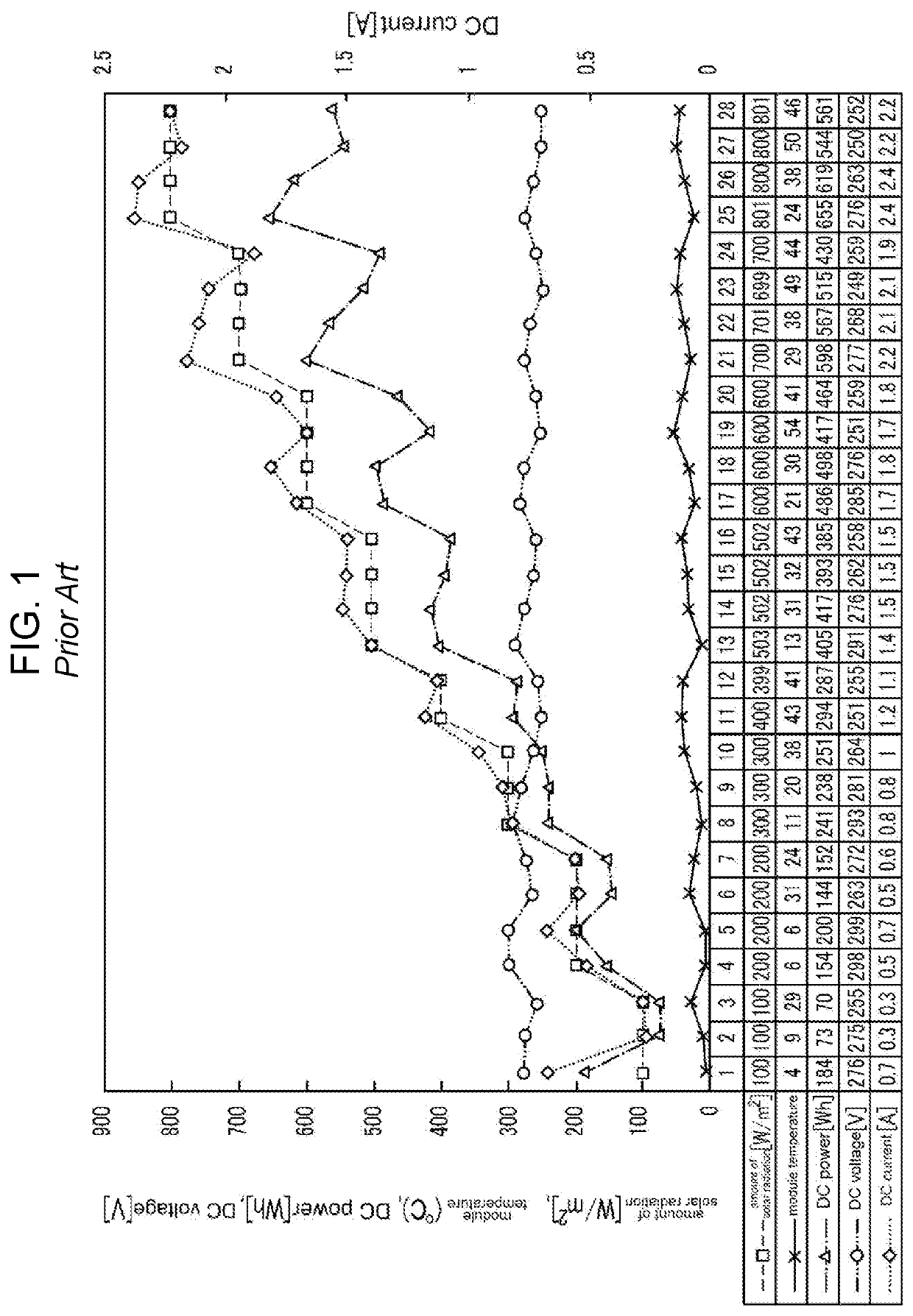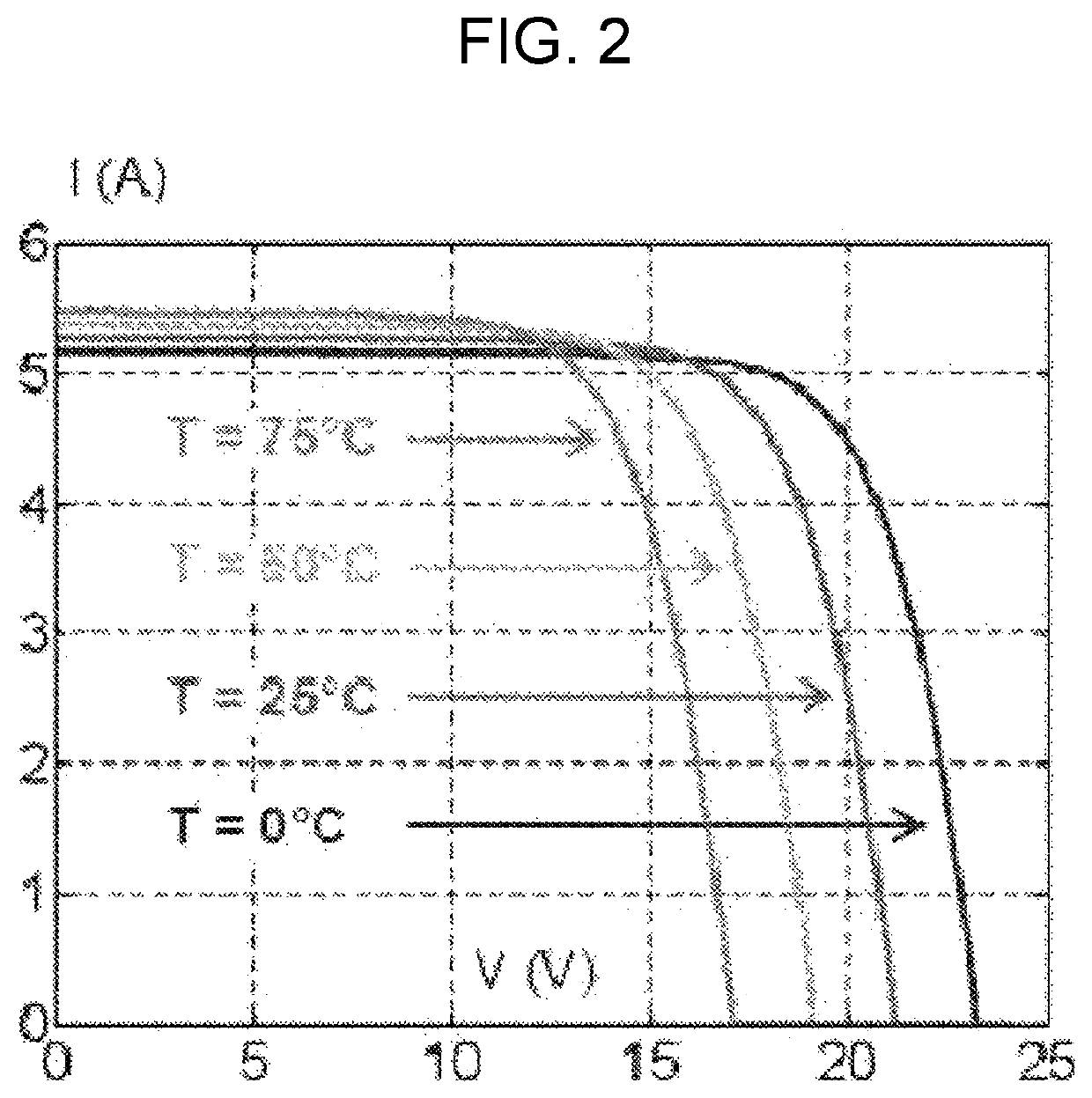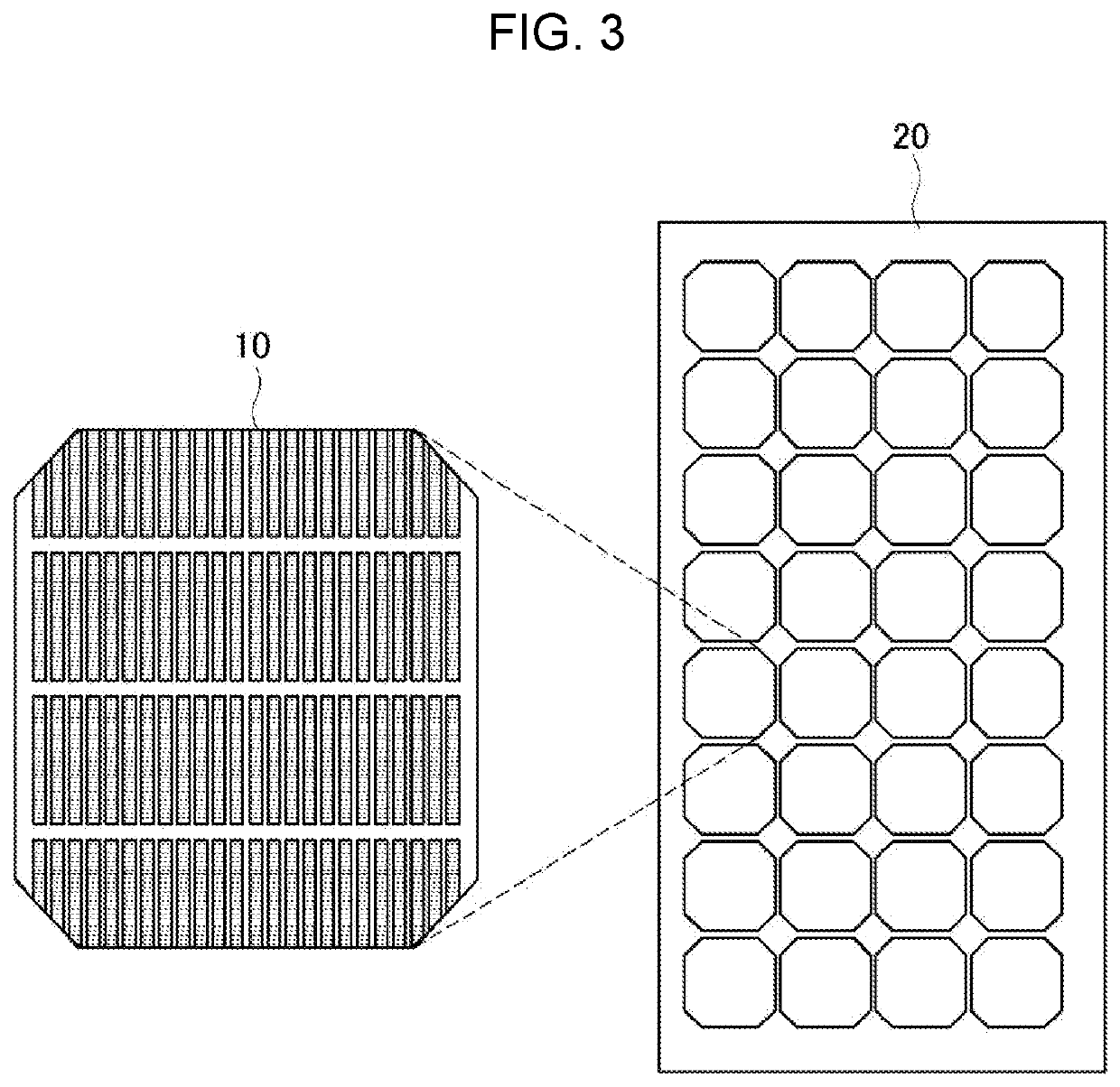Ventilative solar cell and solar cell module
a solar cell and solar cell module technology, applied in the field of ventilative solar cell and ventilative solar cell module, can solve the problems of increasing temperature, high oil price, and significant reduction of solar cell and solar cell module efficiency, so as to improve the natural cooling efficiency, and improve the efficiencies of solar cell and solar cell module.
- Summary
- Abstract
- Description
- Claims
- Application Information
AI Technical Summary
Benefits of technology
Problems solved by technology
Method used
Image
Examples
Embodiment Construction
[0023]Hereinbelow, exemplary embodiments of the present invention will be described in detail with reference to the accompanying drawings such that the invention can be easily embodied by one of ordinary skill in the art to which this invention belongs. However, the present invention may be embodied in many different forms and should not be construed as limiting the embodiments of the present invention described herein. Further, in the accompanying drawings, components unrelated to the description will be omitted when it may be unclear to describe the present invention, and similar reference numerals are used throughout this specification to designate the similar components.
[0024]Unless the context clearly indicates otherwise, it will be further understood that the terms “comprises”, “comprising”, “includes”, and / or “including” when used in this specification, specify the presence of states features, integers, steps, operations, elements, and / or components, but do not preclude the p...
PUM
| Property | Measurement | Unit |
|---|---|---|
| width | aaaaa | aaaaa |
| temperatures | aaaaa | aaaaa |
| voltage | aaaaa | aaaaa |
Abstract
Description
Claims
Application Information
 Login to View More
Login to View More - R&D
- Intellectual Property
- Life Sciences
- Materials
- Tech Scout
- Unparalleled Data Quality
- Higher Quality Content
- 60% Fewer Hallucinations
Browse by: Latest US Patents, China's latest patents, Technical Efficacy Thesaurus, Application Domain, Technology Topic, Popular Technical Reports.
© 2025 PatSnap. All rights reserved.Legal|Privacy policy|Modern Slavery Act Transparency Statement|Sitemap|About US| Contact US: help@patsnap.com



